18 Stafford Terrace (Linley Sambourne House)
The former home of Victorian Punch cartoonist, Edward Linley Sambourne. A rare example of 'Aesthetic interior' or 'House Beautiful' style.
If you know the name of the museum you're looking for, you can quickly filter other museums by typing in the box below.

The former home of Victorian Punch cartoonist, Edward Linley Sambourne. A rare example of 'Aesthetic interior' or 'House Beautiful' style.

The 1930s house designed by the `Modern Movement' architect Erno Goldfinger.

The hand-carved fretwork interior of this modest, early 19th-century, terraced house is enthralling and inspiring.
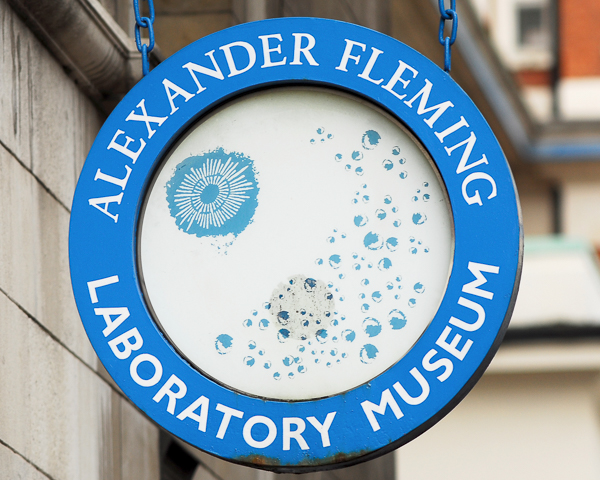
The original cramped and crowded laboratory at St Mary's Hospital in which Alexander Fleming discovered penicillin.
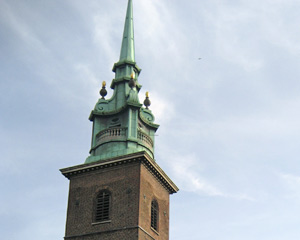
The oldest church in the City of London, founded by the Abbey of Barking in 675AD and survived the 1666 Great Fire of London.
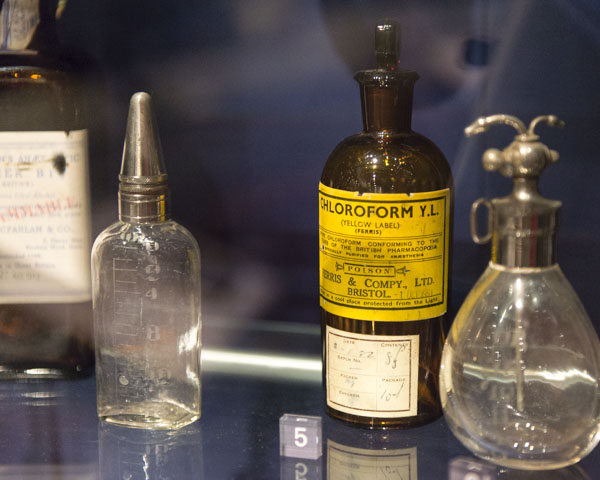
The history of anaesthesia, resuscitation and pain relief.

Revel in the dazzling Regency interiors, glittering treasures and fabulous art collections of the Duke of Wellington's Apsley House.

Explore the history of Arsenal Football Club encompassing the time at Woolwich, Highbury... and now Emirates Stadium.

The story of the Bank's private enterprise beginnings in the 17th century — to the governing fiscal officialdom that it is today.

The only complete surviving building of Whitehall Palace and the site of King Charles I's execution in 1649.
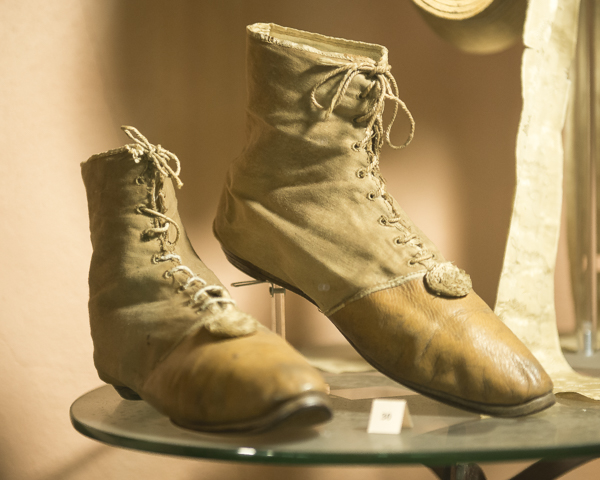
A broad collection of hundreds of artefacts reflecting the history of Barnet and it's residents dating from the Bronze Age to the present day.
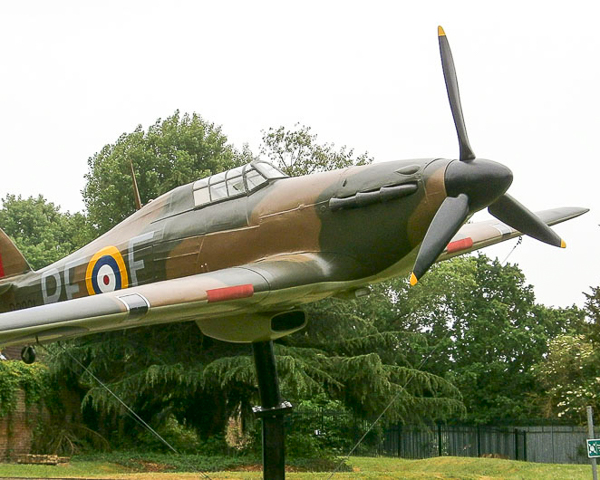
The former RAF Uxbridge site that played pivotal role in defending Britain during the Second World War.

The world's only remaining home of Founding Father of the United States.
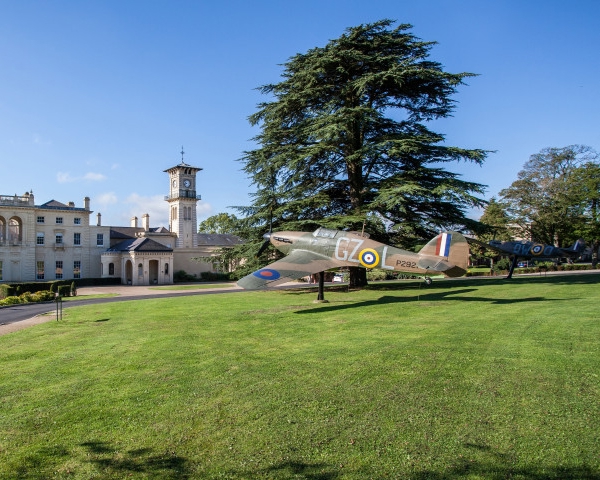
Bentley Priory Museum tells the story of the huge Grade II* listed country house, focusing on its role as Headquarters Fighter Command during the Battle of Britain.
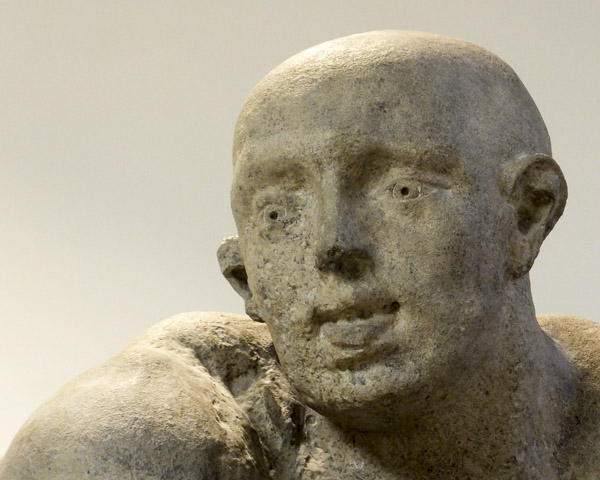
Dedicated to the history of mental health treatment, with historical and archival material as well as a large art collection.
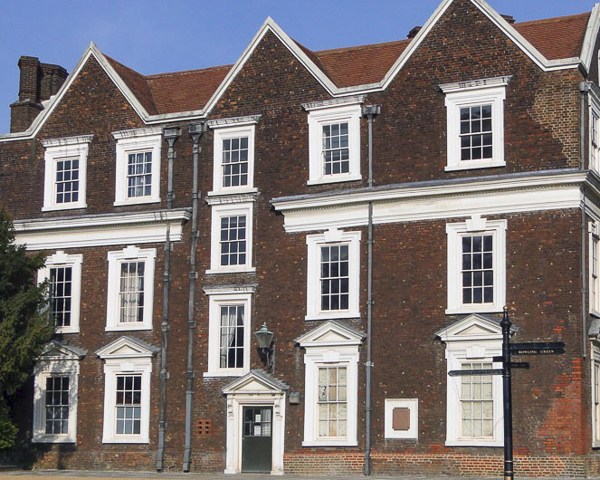
A fine three-story Jacobean manor house built in 1622-3, with 19th century style furniture and paintings of the locality.
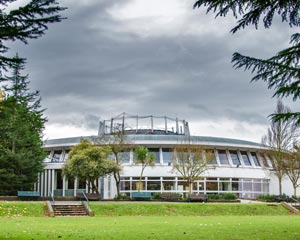
A remarkable modern building of unusual architectural interest, situated in the heart of Ewell Village surrounded by beautiful grounds.
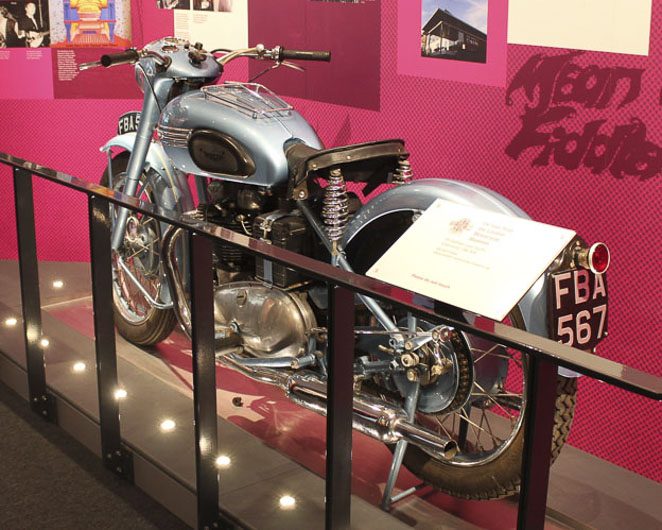
The local history and heritage of Brent with a collection of over 10,000 objects.

The museum that began as several old dental instruments stored under a bed.
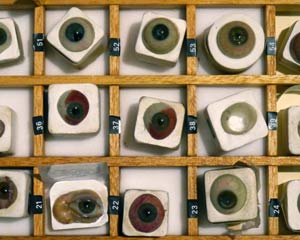
Over 20,000 objects and archival items tell the story of the progression of eye-wear and optometry.
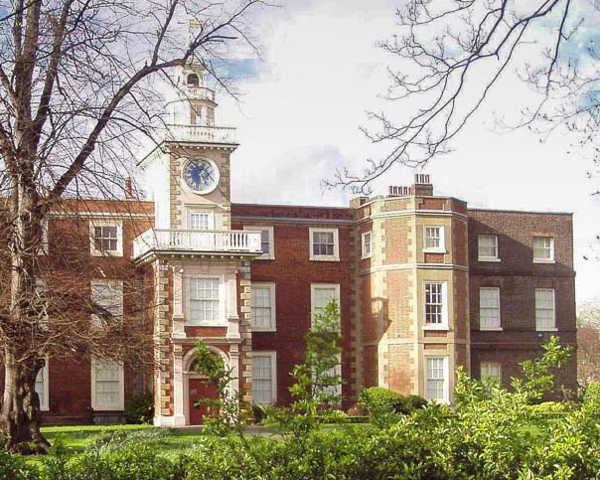
Set in Grade I listed 16th century manor house, the museum tells the history of Haringey and Tottenham from Roman times to the present day.
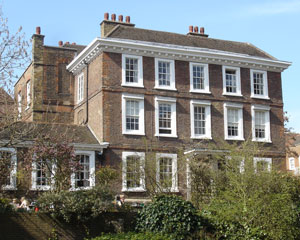
Local history museum in north London, set in a Grade I-listed house built during the rein of Queen Anne in 1704.

Hidden in the quiet back streets of Chelsea is the home of 19th century literary celebrity couple, Thomas and Jane Carlyle.

The beautiful Georgian terraced house in Bloomsbury is the only remaining London home of Charles Dickens.
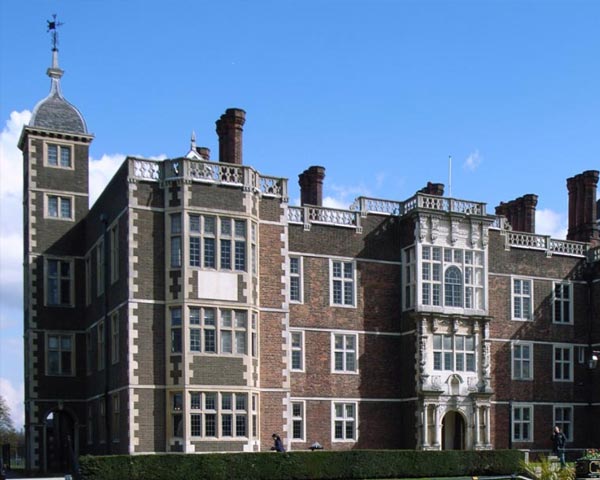
Regarded as the best-preserved Jacobean house in Greater London. Featuring agreat hall, chapel, state dining room and gallery.

The history of Chelsea Football Club told with exhibits, artefacts and displays of silverware

Tucked away beside the Thames, Chelsea Physic Garden is a celebration of the beauty and importance of plants.

Chiswick House is among the first glorious examples of 18th-century British architecture.

The secret underground headquarters where Prime Minister Winston Churchill worked and lived during the Second World War.

Devoted to keeping alive the spirit of cinema from the days before the multiplex.
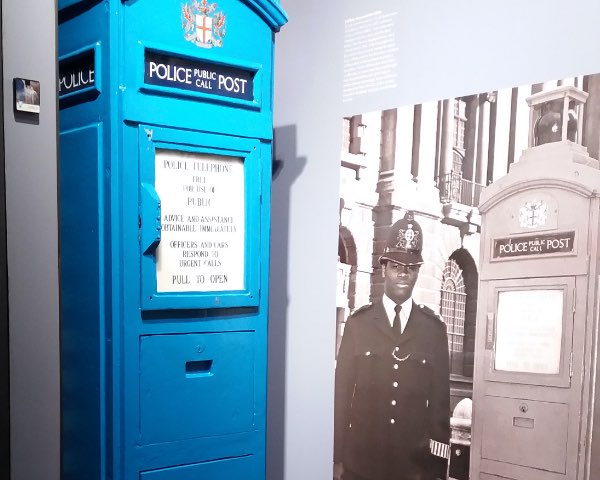
The City of London Police Museum tells the story of the City of London Police and some of the major events that the police have dealt with since 1839.

Built on top a defunct prison, displays many original medieval torture devices and horrible history artefacts.

Step back in time and discover the incredible stories that gave Cutty Sark her reputation as one of the fastest and greatest sailing ships of all time.

One of the finest surviving 18th century villas by the architect Robert Taylor.

The Grade II listed Georgian terraced house with recreated the rooms as a time capsule in the style of former centuries.

One of the world’s leading museums devoted to contemporary design in every form from furniture to graphics, and architecture to industrial design.

Striking 1930s former studio home of Russian sculptor Dora Gordine and her scholar husband Richard Hare.

The Victorian country house of Charles Darwin where the world was changed.

A Charming 300-year-old townhouse, nestled amongst a maze of courts and alleys in the historic City of London.

The childhood home of Henry VIII meets 1930s Art Deco decadence.

The Georgian building with the last authentic Arts and Crafts interior in Britain.

The cutting edge centre for contemporary fashion, textiles and jewellery in London.

Former 17th century merchant's home with a walled garden, classic Georgian furniture and harpischord collections.

The history of the weapons—from the earliest cannons to the various artilleries employed today.

The museusm dedicated to one of the most influential women of Victorian Britain.

A stunning Jacobean Manor House with grade 1 listed status tells the story of Forty Hall & Estate throughout the ages.

The first museum in the world dedicated to the history of gardening.
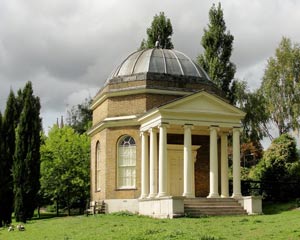
The small garden folly, erected in 1756 is an ode to Shakespeare on the north bank of the River Thames at Hampton.
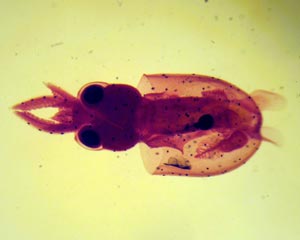
The only remaining university zoological museum in London, houses around 67,000 specimens, covering the whole Animal Kingdom.
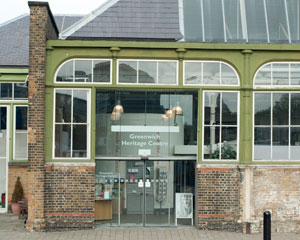
Housed in the old ordnance factory, displays of local history with maps, photos and artefacts from the Roman era to the 20th century.
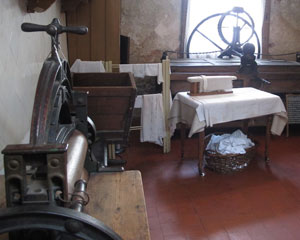
Lots of local history set in a former banker's mansion.
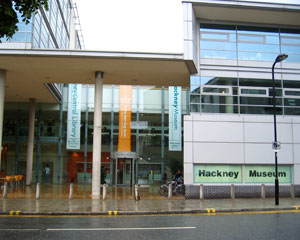
This exciting museum explores the reasons why people have moved to Hackney from all over the world for more than 1000 years.

Set in 65 acres of stunning award winning gardens, this grade I listed Tudor mansion was built for a former Lord Mayor of London in 1537.

This rare and atmospheric 17th-century house sits on the banks of the River Thames in Richmond.
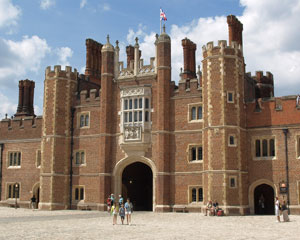
The former home of the flamboyant King Henry VIII, is set in 60 acres of formal gardens and includes the famous maze and Great Vine.

In a single street in London, separated by a wall, are the homes of two of history’s most significant musical artists.
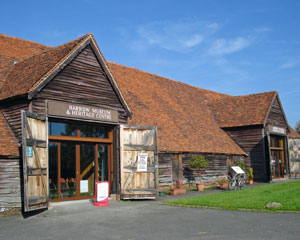
Harrow Museum, also known as Headstone Manor & Museum is the local history museum for the London Borough of Harrow.

The battleship that served with distinction in both the Second World War and the Korean War.
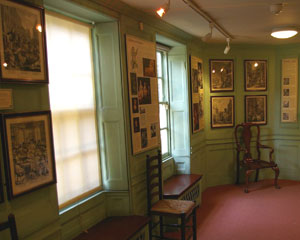
The 18th century country home of the great painter, engraver and satirist William Hogarth.
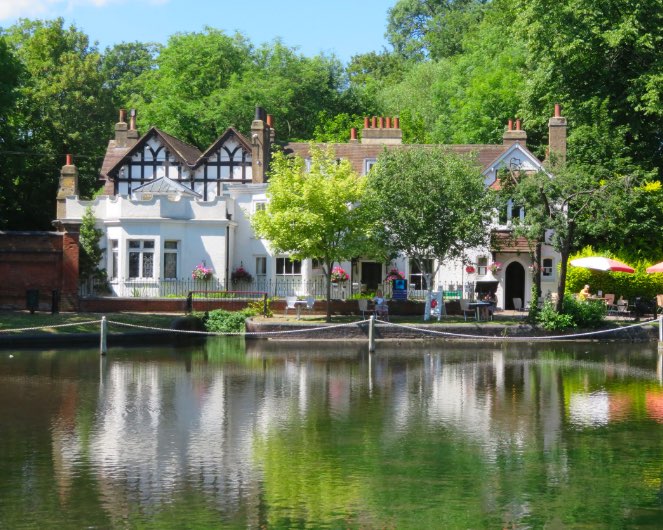
Honeywood Museum is Sutton borough's heritage centre and local history museum.

Living museum about real soldiers doing a real job unchanged since the days of Charles II over 350 years ago.
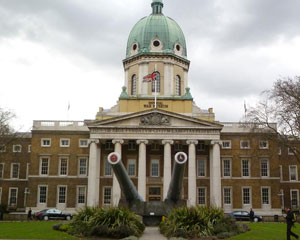
The Imperial War Museum London covers conflicts involving Britain from the First World War through to the present day.

Tracing the history of The Inns of Court Regiment and predecessor units, from 1584 through many conflicts right up to the present day.
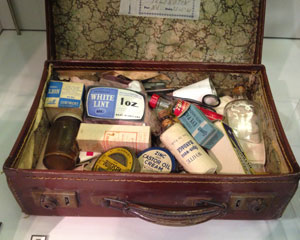
The history of; the borough, its residents and local heroes. Told though artefacts including books, displays, letters and recordings.
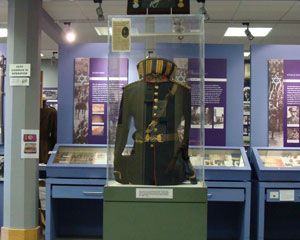
The history and memorabilia, of British Jewish Servicemen and Women, who fought and often lost their lives serving their country at war.
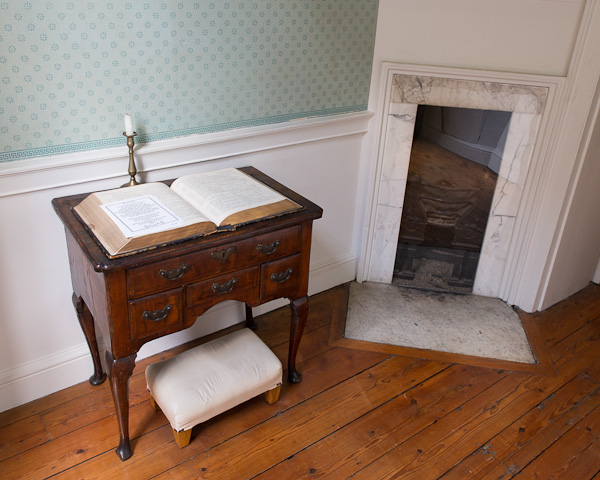
Built by Wesley in 1779, is one of London’s finest surviving examples of a small Georgian house.

Grade 1 listed and set in a peaceful garden, this was the home of poet John Keats from 1818 to 1820.

Both a palace open to the public while still home to royal family members; the Duke and Duchess of Cambridge.
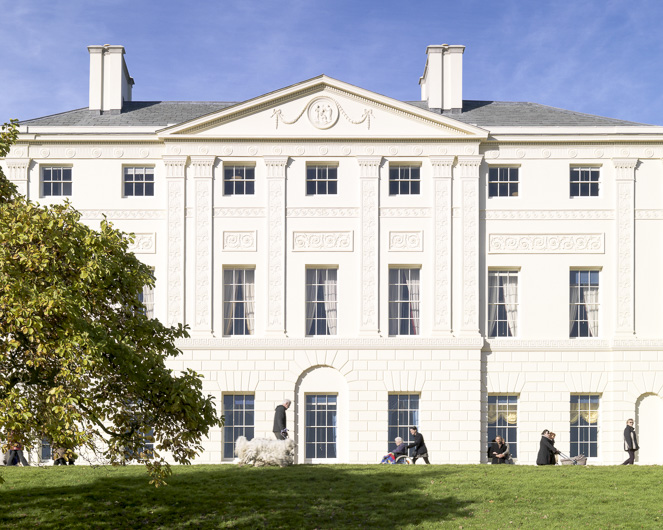
18th century stately home set in 112 acres of leafy north London parkland. With paintings by Rembrandt, Vermeer, Turner, Reynolds, Gainsborough and Constable.

The Grade I listed, royal palace in Kew Gardens on the banks of the Thames.

A large and varied collection of local interest and the life of pioneering photographer Eadweard Muybridge

The unique Victorian workshop that sets international standards in testing materials.
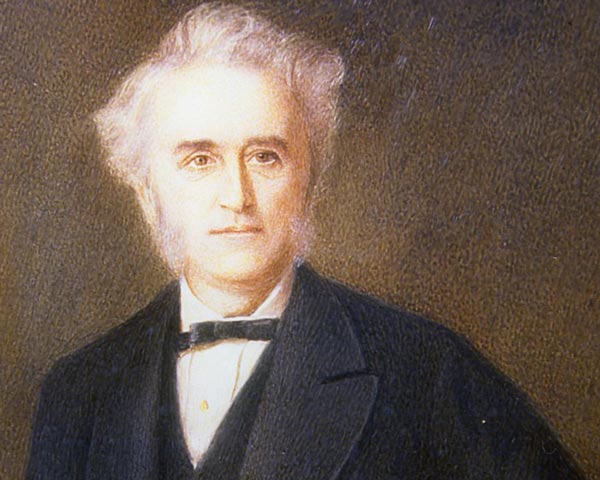
The museum tells the story of the Langdon Down house at Normansfield and also contains a Grade II* listed Victorian theatre.

Former home and studio of the leading Victorian artist, Frederic, Lord Leighton.
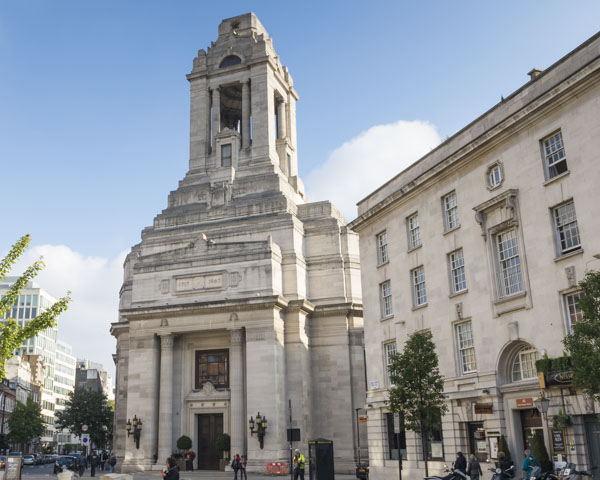
An extensive collection of objects with Masonic decoration including pottery and porcelain, glassware, silver, furniture and clocks, jewels and regalia.

Once used by industry and nowadays home to many colourful boats, the museum tells the story of all aspects of London’s canals.

Exhibitions and artefacts dedicated to the British film industry, including major international blockbusters filmed in the UK.

Old fire appliances and other equipment tell the history of firefighting since 1666.

A unique collection of classic cars from the 1930s to 1970s, that relate to the story of the early motoring experience.

One of London’s most significant Victorian visitor attractions housing some of the world’s rarest working steam engines.

Around 700 sewing machines are exhibited in glass cabinets, dating from around 1850 to 1950.

The transport heritage of Britain's capital city explained through artefacts and interactive displays.

A magnificent 18th century Grade I listed Palladian villa set in 66 acres of riverside parkland.

Home of cricket’s most precious artefact and the museum’s most famous exhibit—the original Ashes urn.
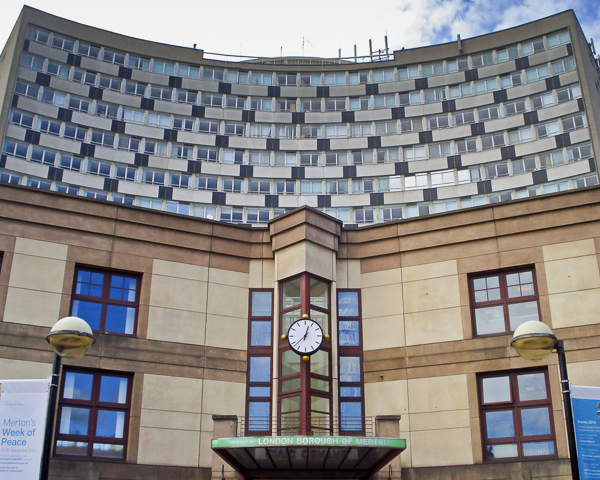
Merton Heritage and Local Studies Centre tells the story of Merton and its people through a changing programme of exhibitions and events.

Opened in 1857—Features horticultural and botanic exhibitions displayed over three floors.

The history of consumer culture from Victorian times to the present day described through 12,000 items.
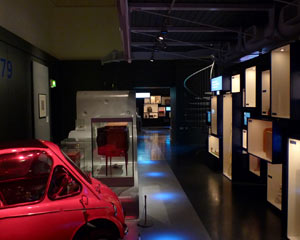
The history of Croydon from 1800 to the present day through the objects and stories of local people.
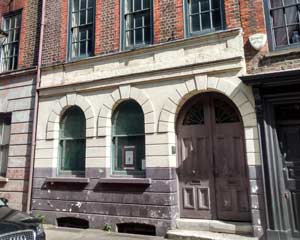
Open just a few days per year, this evocative museum explores experiences of multicultural refugees.
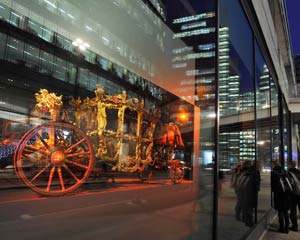
Located on London Wall and close to the Barbican Centre, the Museum of London documents,explores and tells the ever changing story of the history of London.
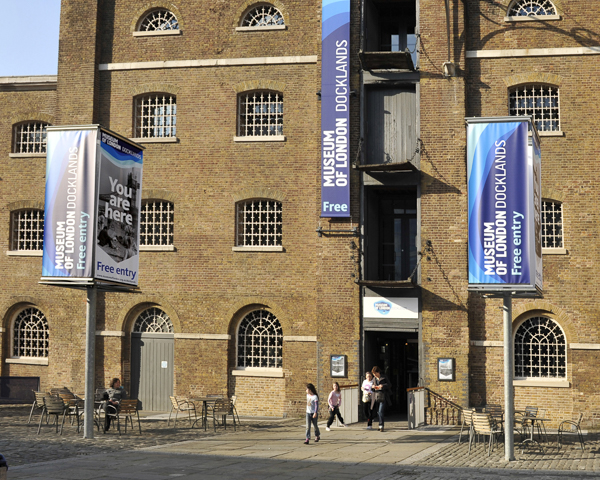
The history of London's River Thames told in a set of 19th centuary Georgian sugar warehouses.
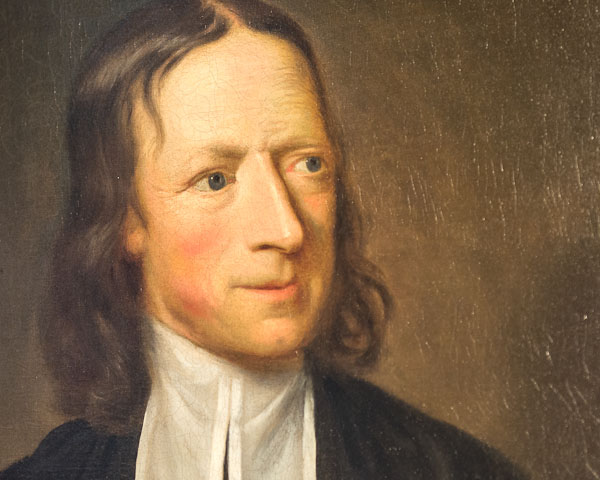
The Museum of Methodism in the chapel's crypt, tells the story of John Wesley and the Methodist Movement with interactive displays and original artefacts.
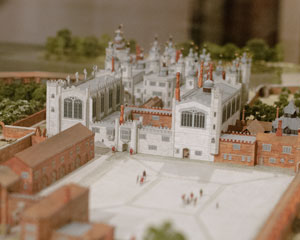
Celebrating the rich and royal heritage of Richmond, Ham, Petersham and Kew.
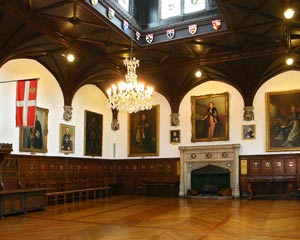
Founded in the 12th century the Order of St John was a religious order with a duty to care for the sick, regardless of creed or country.
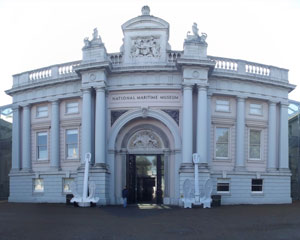
Explore Britain’s seafaring history in the largest maritime museum in the world.
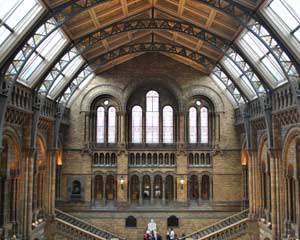
Home to 80 million items within five main collections: botany, entomology, mineralogy, palaeontology and zoology.
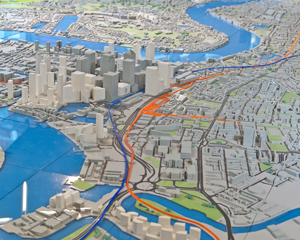
Located at The Building Centre with a focus for debate and discussion on architecture, planning, development and construction in London.

Reconstructed 1920s ticket office, plus locomotives, carriages, models and railway memorabilia. This museum has been permanently closed since 2009.

One of London’s oldest and most intriguing museums—a former operating theatre where every patient was female.
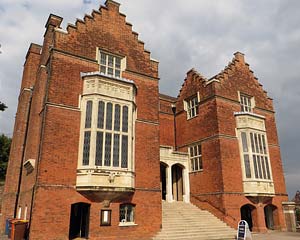
A distinguished collection of antiquities, fine art and collections relating to Old Harrovians such as Churchill, Byron, Sheridan, Codrington and Cecil Beaton.

18th century neo-classical manor house designed by Robert Adam, with landscaped park and gardens.
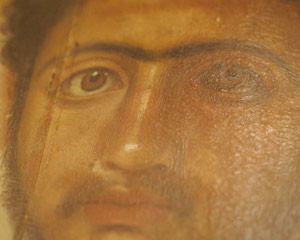
Housing an estimated 80,000 objects, making it one of the greatest collections of Egyptian and Sudanese archaeology in the world.

The small museum dedicated to dolls, toys and wood theatres.
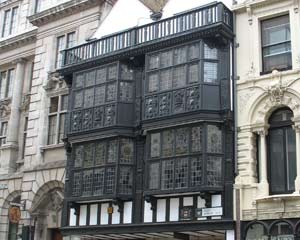
One of the few buildings left untouched by the Great Fire of London in 1666.

A rustic cottage built in the late 18th century as a royal country retreat.

An elegant Georgian villa built in 1723 for Admiral Francis Hosier and where the Greenwich Meridian line passes through its grounds.

The only house commissioned, created and lived in by Arts & Crafts movement founder, William Morris.

The museum explores the many different places, people and events in over 150,000 years of local Redbridge history.

Founded in 1822, is the oldest music conservatoire in the United Kingdom. With collections of instruments, art, photography, manuscripts and scores.

One of two sites belonging to the U.K's only national museum that tells the story of the Royal Air Force through its people and collections.
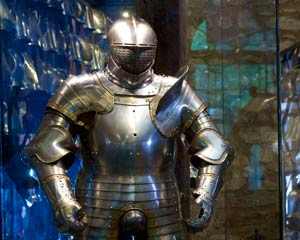
Located within the Tower of London grounds and home to the national collection of arms and armour, is Britain's oldest museum.
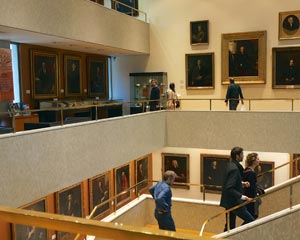
The oldest medical museum in England, with humble beginnings from 1656.
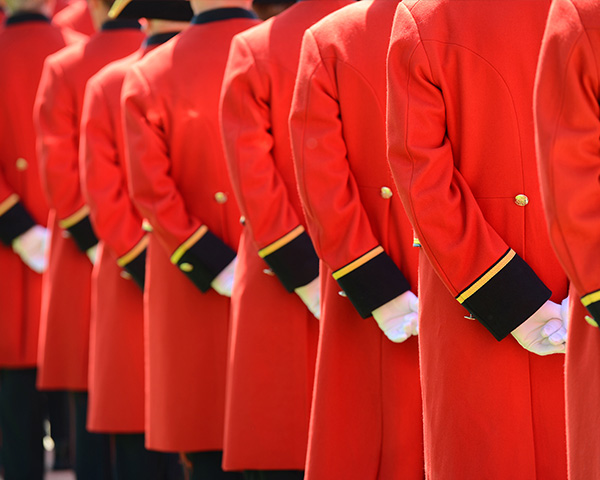
Home of the "Chelsea Pensioners" as well as a reconstruction of a typical berth, the uniform of a veteran soldier, and many other artefacts.
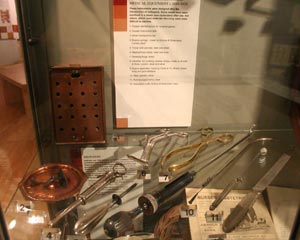
Displays in a former church crypt, with exhibitions on Joseph Merrick the 'Elephant Man' and in the infamous 'Jack the Ripper' of Whitechapel.

London’s only planetarium and features state-of-the-art HD projection technology, visualisations based on real scientific data and real astronomers.
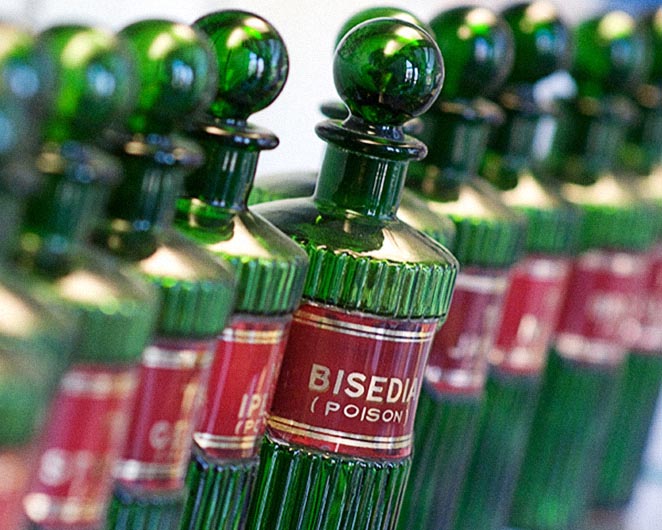
Established in 1842, provides a wide range of services and activities for everyone interested in the history of British pharmacy.
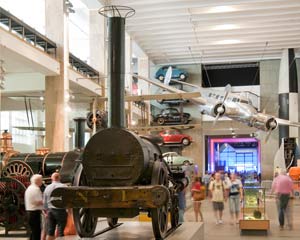
Featured across seven floors, exhibitions include the developments in contemporary science, medicine and technology.

A modern reconstruction of the William Shakespeare's first 1599 Globe Theatre. Where tours, exhibitions and performances bring Elizabethan plays to life.

Dedicated to the famous fictional detective Sherlock Holmes situated in Baker Street.
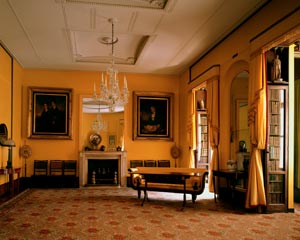
Eccentric home of the 19th century collector and architect Sir John Soane. Packed with classical sculptures, paintings and curiosities.

Located at the back of their New Bond Street shop, the museums displays stationery memorabilia and stamps dating back to 1887.

Grade II listed, 17th century house features rare examples of 17th century furniture, and memorabilia connected to the Pennington family.

Situated in the heart of St James's, it's the only great 18th century private palace in London to survive intact.
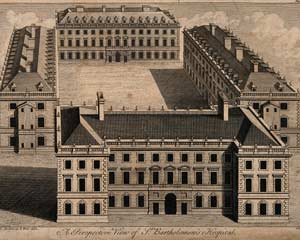
he museum based in a working hospital in the City of London, exhibits objects and archives dating back to the 12th century

The "Museum of Fleet Street" with archaeological finds from Roman, Saxon and Medieval times.

The final resting place of some of the nation’s heroes including Sir Christopher Wren, Admiral Lord Nelson and the Duke of Wellington.

Tudor house surviving in the heart of a thriving East London community.
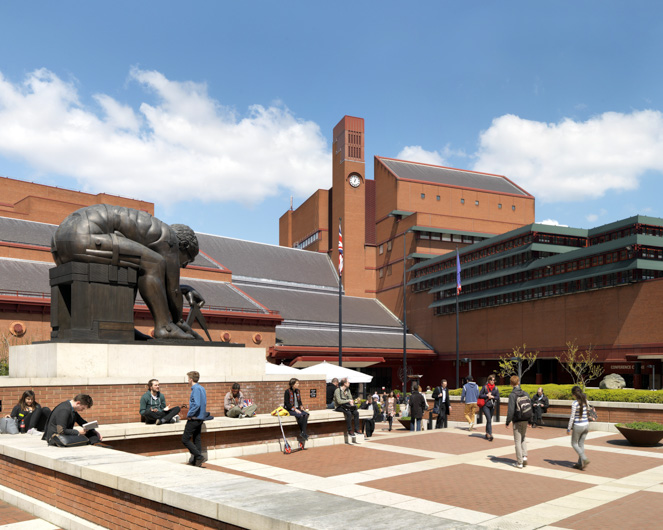
The national library of the United Kingdom and largest library in the world with historical items dating back as far as 2000 BC.
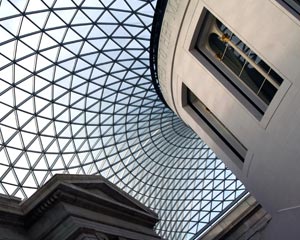
One of the world's greatest museums of human history and culture. With over 8 million objects in an area of 13 acres.

Scheduled Ancient monument, international landmark site and oldest tunnel in the oldest underground in the world.

The only place of its kind in the UK dedicated to collecting and displaying original British cartoons and comics.
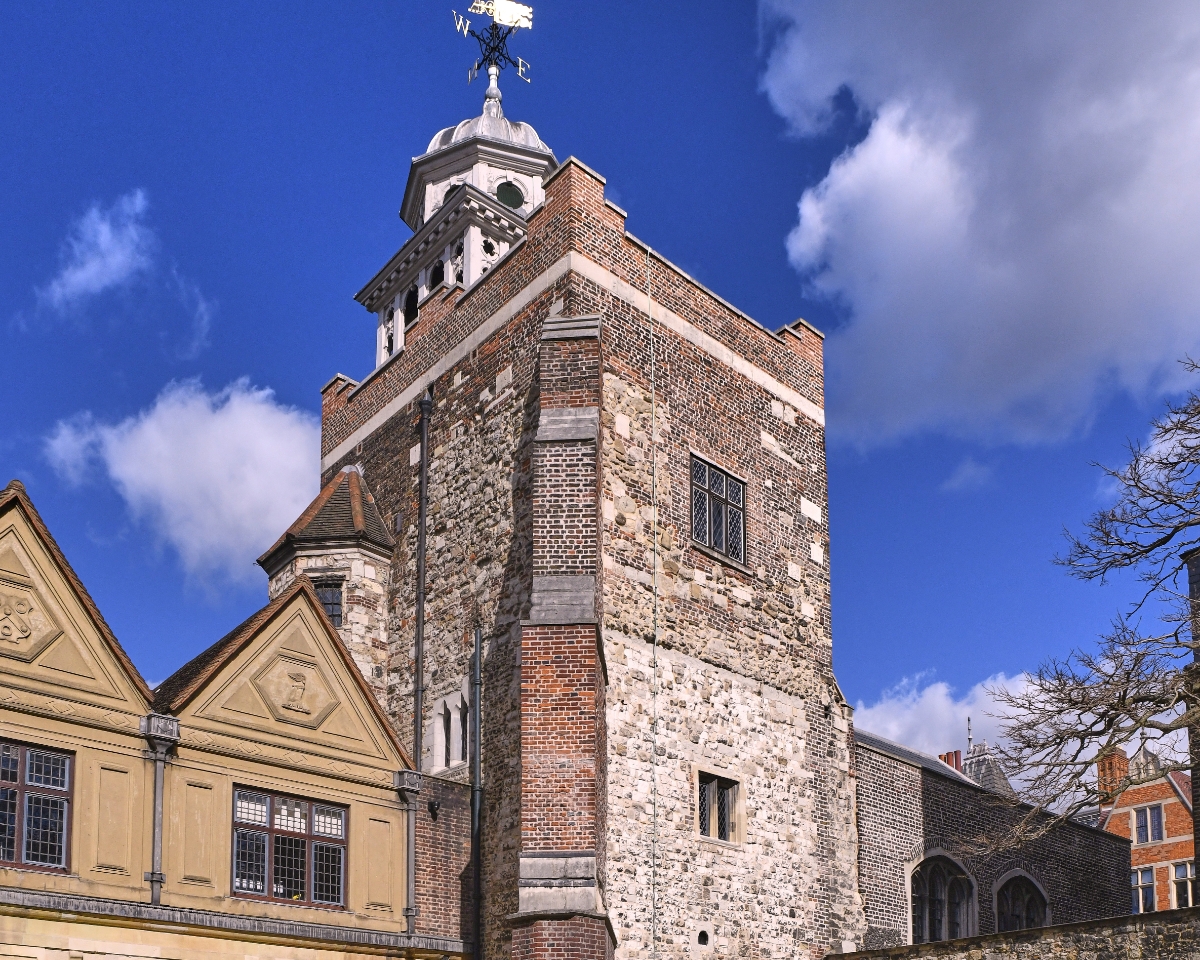
Former monastery built in 1371, now home to an almshouse, with gardens, a chapel and a small museum.
Located at Somerset House in the heart of London, this spectacular 18th century building is an elegant and intimate space.

Built by Sir Joseph Bazalgette as part of Victorian London's sewerage system, contains the four original pumping engines from 1865.
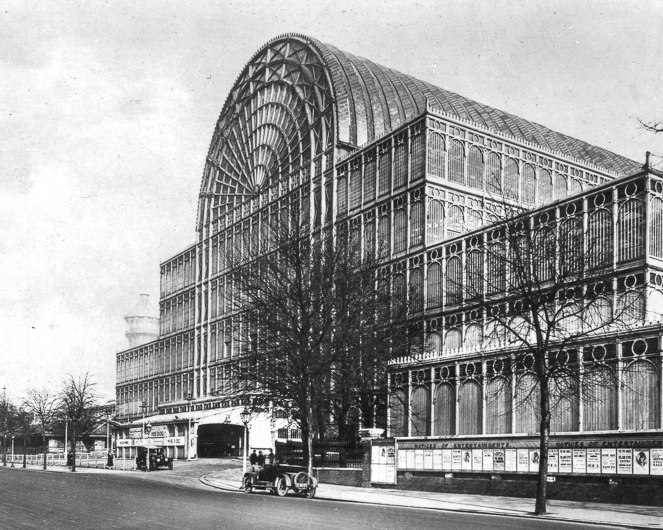
Housed in the only surviving Crystal Palace Company building, is the story and memorabilia of The Crystal Palace exhibition centre.
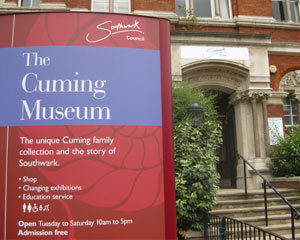
The Cuming family's bequeathed collection of objects of; natural history, archaeology and ethnology, among other curios.

Set in two grade II listed buildings dating from the 1720s that have been sensitively restored to their original grandeur in order to exhibit these wonderful items in suitably lavish surroundings.
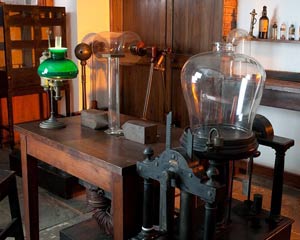
The story of the electromagnetic discoveries made by Michael Faraday in the 19th century.

Discover the stories of the Foundling Hospital, London's first home for abandoned children, revealed through poignant artefacts.

Sigmund Freud's family home from 1938 to 1982, displays include the impressive study, extraordinary antiquities and iconic couch.

Sited within the Tower of London grounds, the history of the Royal Fusiliers dating back to 1685 is told.
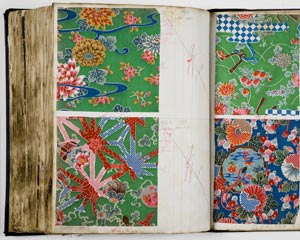
Eleven period rooms spanning 1600 to the present day, tell the story of how homes have changed over 400 years.

Experience the life of a 16th century explorer aboard The Golden Hinde, a full-sized reconstruction of the ship Sir Francis Drake.

The small museum detailing the history of Foot Guards and the Household Cavalry, with tours, talks and displays.
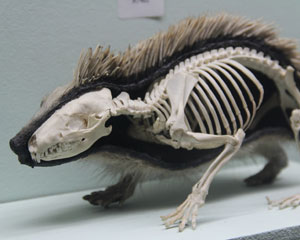
The Arts and Crafts style building boasts a treasury of over 300,000 objects. Including an aquarium, stuffed animal and musical instrument collections.
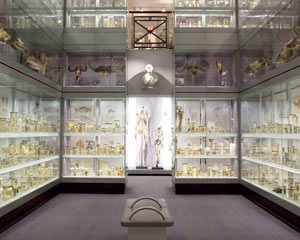
Revealing 400 years of medical history. From the oldest anatomical collections in the world to minimal access surgery.

Built in 1365 as the 'Jewel House' to safeguard Edward III's silver plate and world treasures.

The only museum in London dedicated to a minority group. The story of Jewish history, culture and religion told in a compelling way.

A unique museum dedicated to the art and performance of magic with collections from popular magicians such as Harry Houdini and Tommy Cooper.
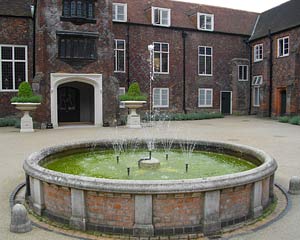
Historic house and garden of the Bishop of London since 704. Paintings, archaeology and artefacts reveal the history of the Palace site from prehistoric times.
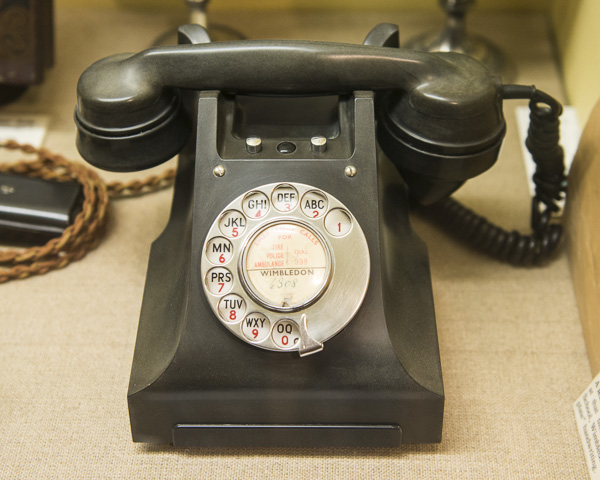
A small intimate museum which reveals in pictures, words and objects, the 3,000 year history of Wimbledon.

One of the world's foremost collections of self-playing musical instruments.
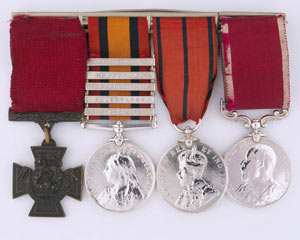
The overall history of the British Army, British colonial, imperial and commonwealth forces from 1066 to the present day.

The Postal Museum reveals Britain's history of society and communications through artefacts as letters, stamps and even the underground Mail Rail.
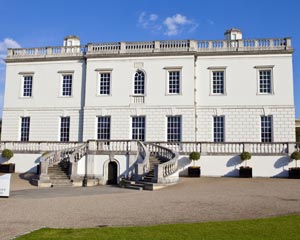
Originally the home of Charles I's queen, Henrietta Maria—the 17th century building now houses an outstanding fine-art collection.
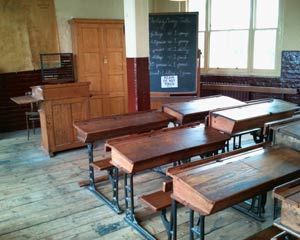
Housed in three Victorian canalside warehouses—a reconstructed Victorian Classroom and a Victorian East End Kitchen displays its own collection of historical objects.
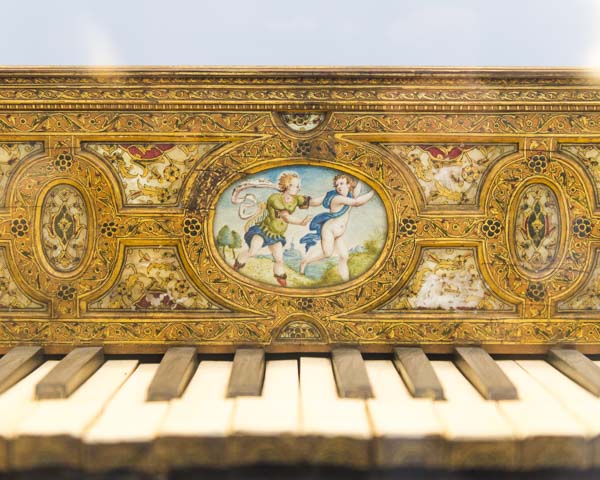
A collection of more than 1,500 items including musical instruments, portraits, sculptures, photographs and engravings related to music.

Bankside's first purpose-built playhouse, erected in 1587. William Shakespeare learnt his craft and Christopher Marlowe wrote his best plays here.

This small but fascinating collection and memorabilia associated with military music from the last two hundred years.
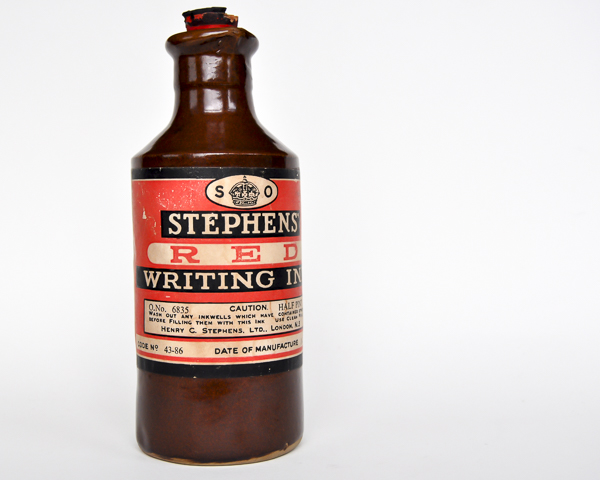
The life story of Henry ‘Inky’ Stephens with fascinating artefacts and memorabilia from the history of the man, to his business and passions.

One of the most impressive structures in the capital that has stood over the River Thames since 1894.
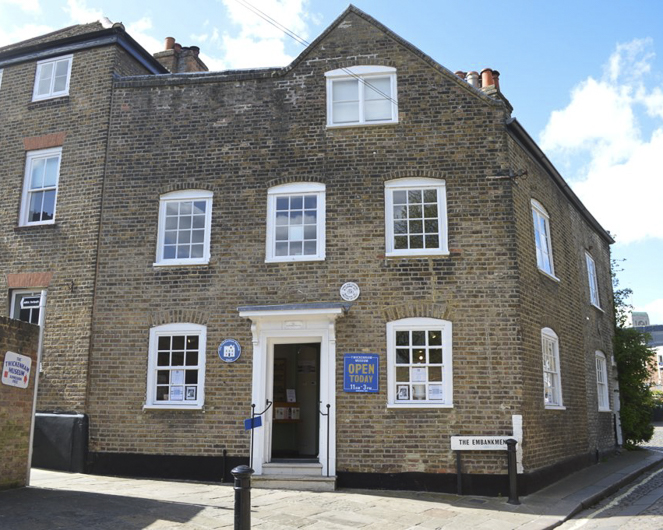
Told, is the rich history of Twickenham, Whitton, Teddington and the Hamptons. Reached via a pleasant riverside walk from Richmond.

The museum tells the stories of the different industries that used the River Wandle. Such as Young’s Brewery, William Morris and Liberty’s.

The largest tennis museum in the world—with exhibits and artefacts dating back to 1555.
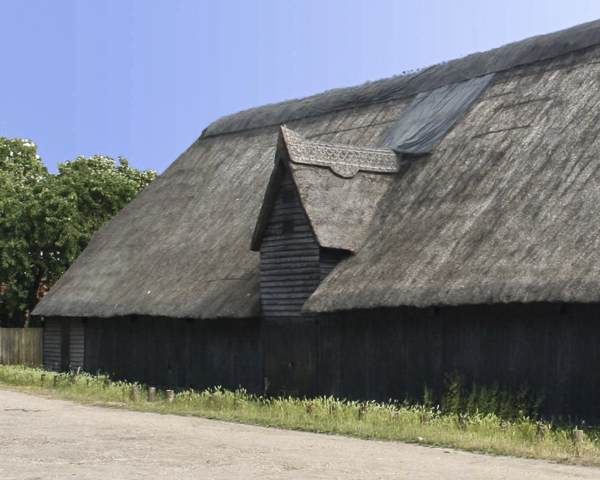
A collection of artifacts of nostalgic origin located in Hall Lane. The museum holds around 14,500 artifacts of domestic and agricultural us

The world’s most famous fortresses and has seen service as royal palace, prison, armoury and even a zoo.
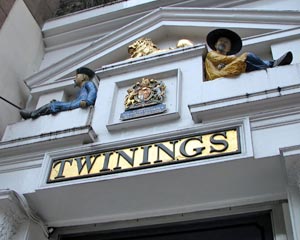
The small museum within the shop, that's been on the Strand since 1717 displays the history of Twinings with photos, packaging and memorabillia.
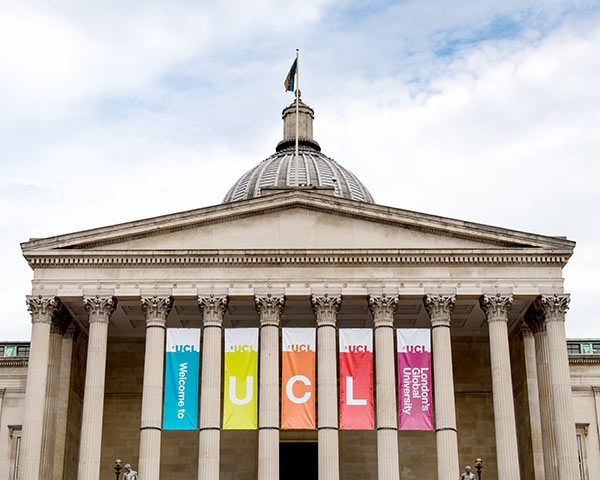
An impressive collection encompassing Turner and Rembrandt etchings and student work from the Slade School of Art.
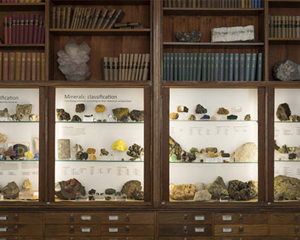
The Rock Room collection contains 40,000 geological specimens from all over the world and even outer space—from fossils to meteorites to minerals.
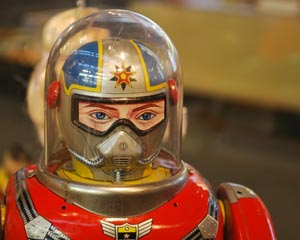
Spanning the 1600s to the present day—toys, clothes and interactive displays are set within a 1872 hangar with marble floor and visible cast iron frame.
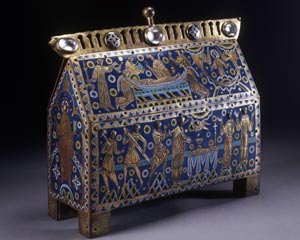
Founded in 1852, is the world's largest museum of decorative arts and design, housing a permanent collection of over 4.5 million objects.
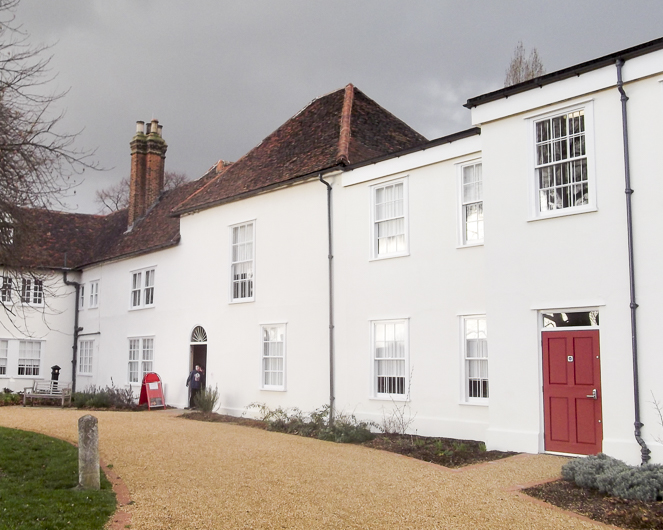
The only surviving medieval manor house of Dagenham, partially surrounded by a moat and situated in Valence Park. With exhibitions of archaeology and rural life.
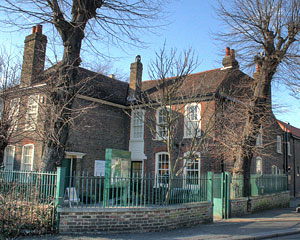
Explore the local history of Waltham Forest in the attractive former 1730's workhouse.
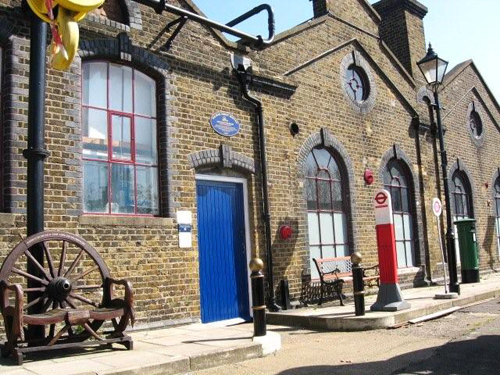
Housed in a former Victorian waste water pumping station and devoted to the technology and industrial history of Walthamstow.
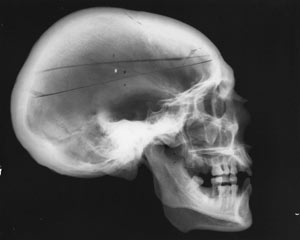
The collection of medical curiosities and implements, tell the story and explore connections between medicine, life and art in the past, present and future.

Crowned by the largest bronze sculpture in Europe—Wellington Arch is one of London's most iconic monuments.

Built in 1727, the Grade I listed building White Lodge—is the home of The Royal Ballet Lower School and the UK's first museum dedicated to ballet.

This grade II listed, Georgian building was Morris's family home from 1848 to 1856.
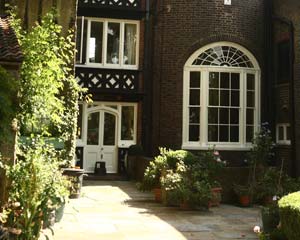
William Morris's beautiful 18th century house on the banks of the River Thames from 1878 to 1896.

A distinctive landmark since 1817, the museum tells the story of the development of the English windmill through models and machinery.

Over 25,000 objects displayed within permanent galleries supplement a regular programme of special exhibitions.